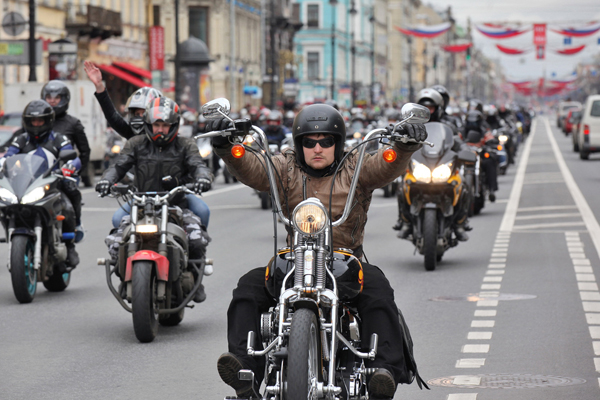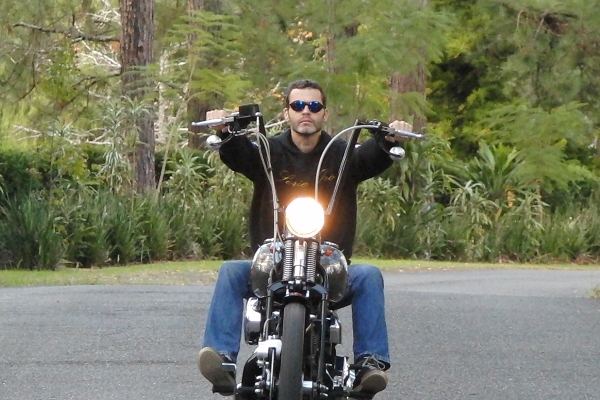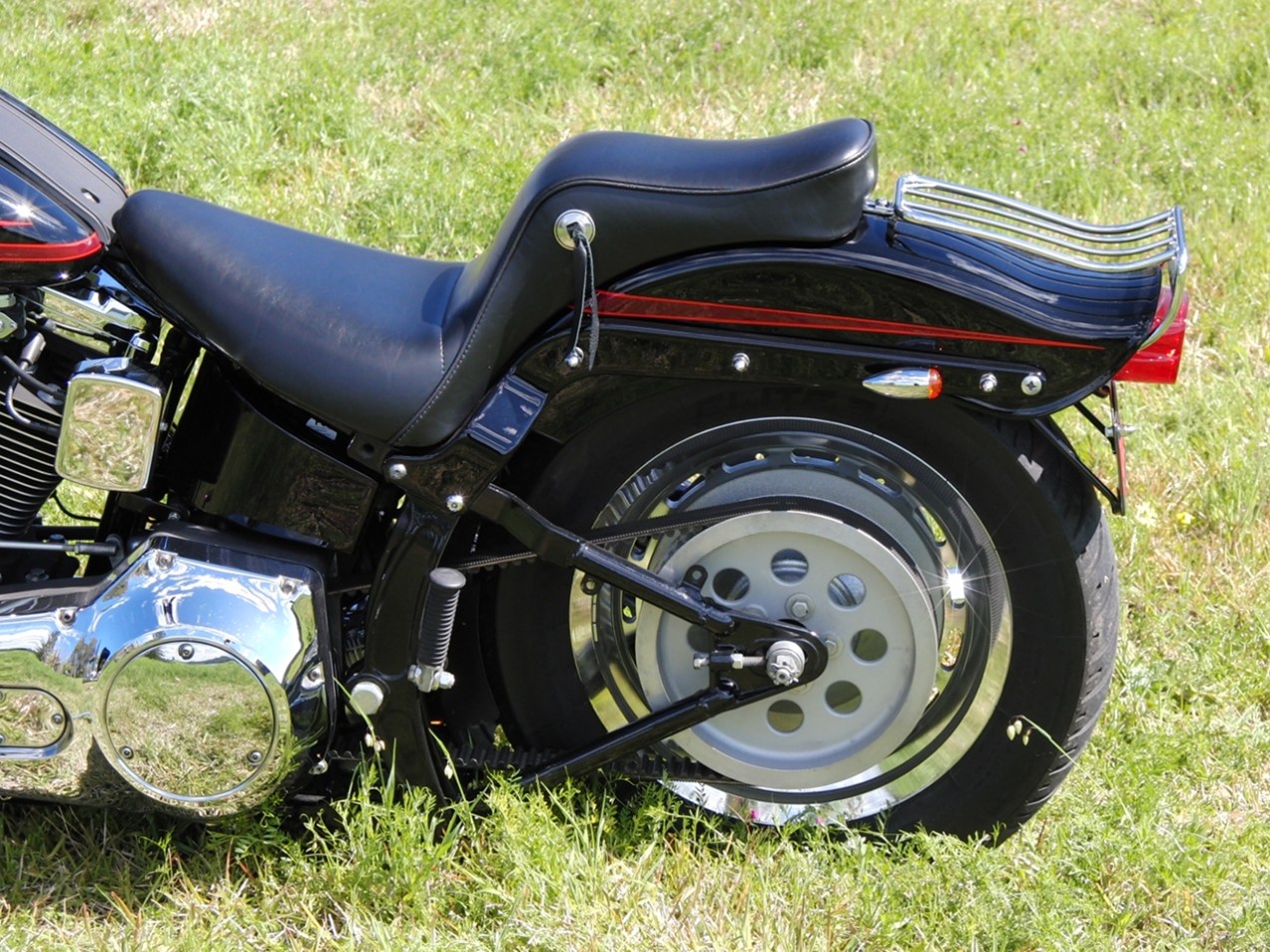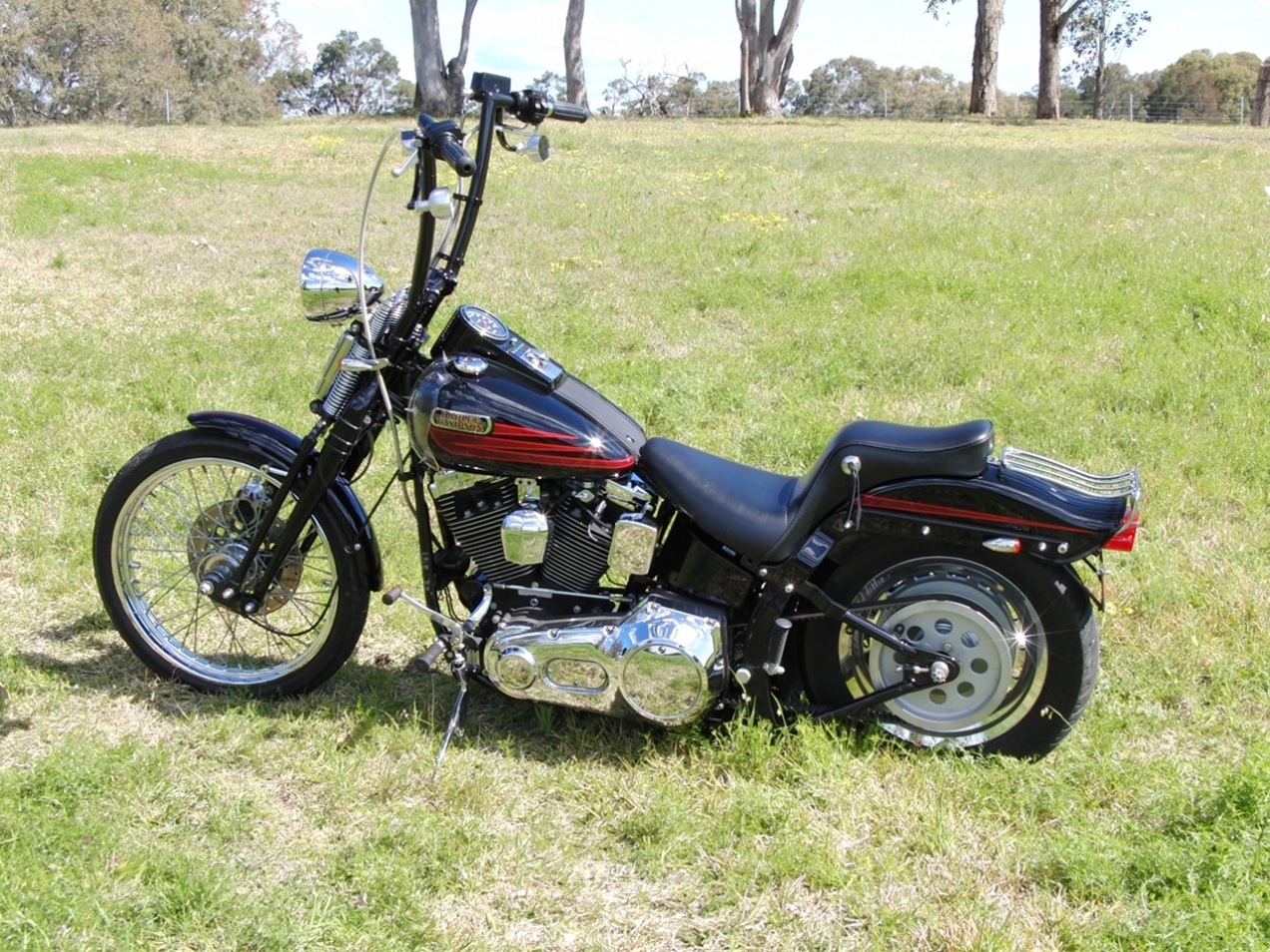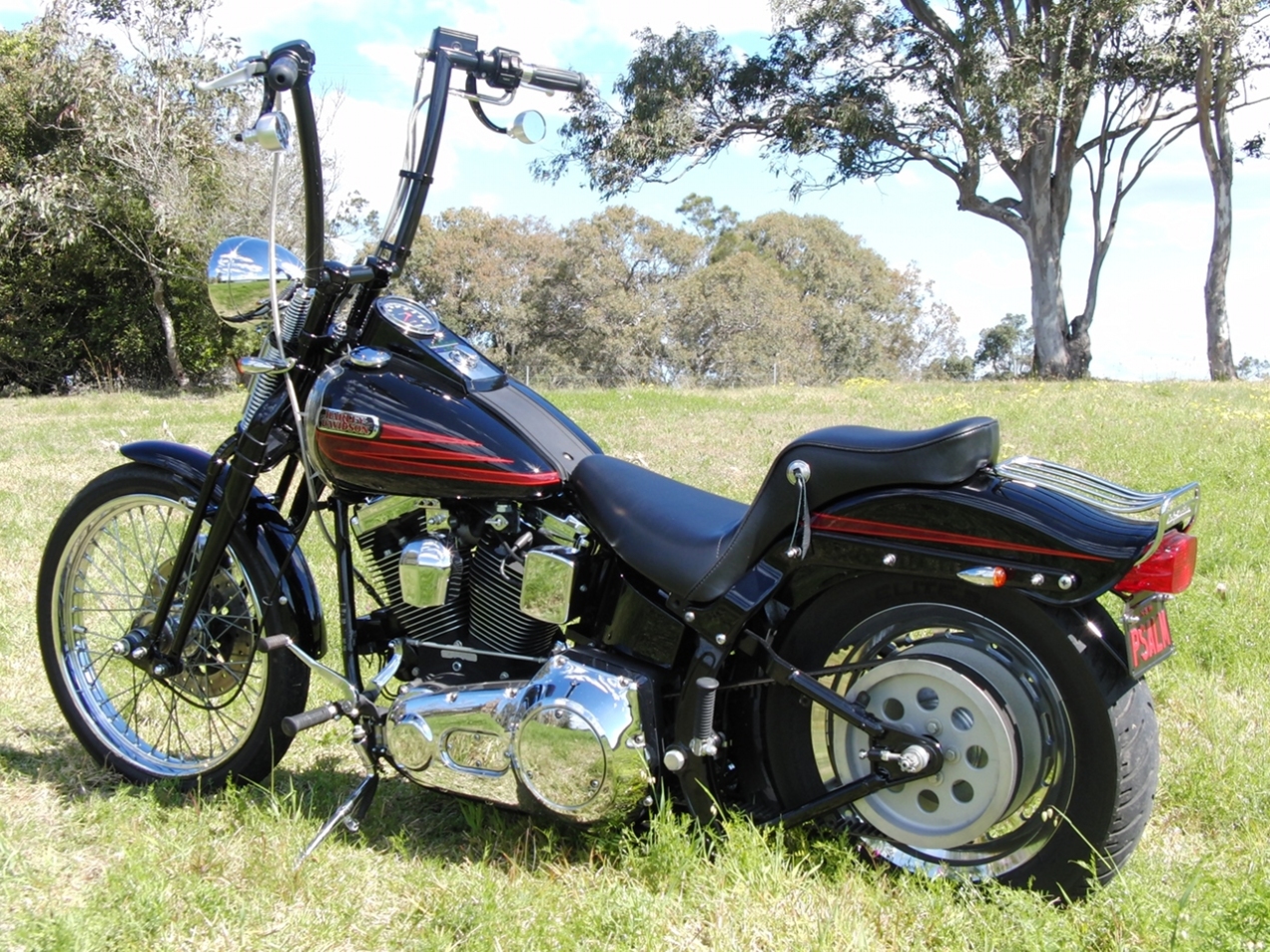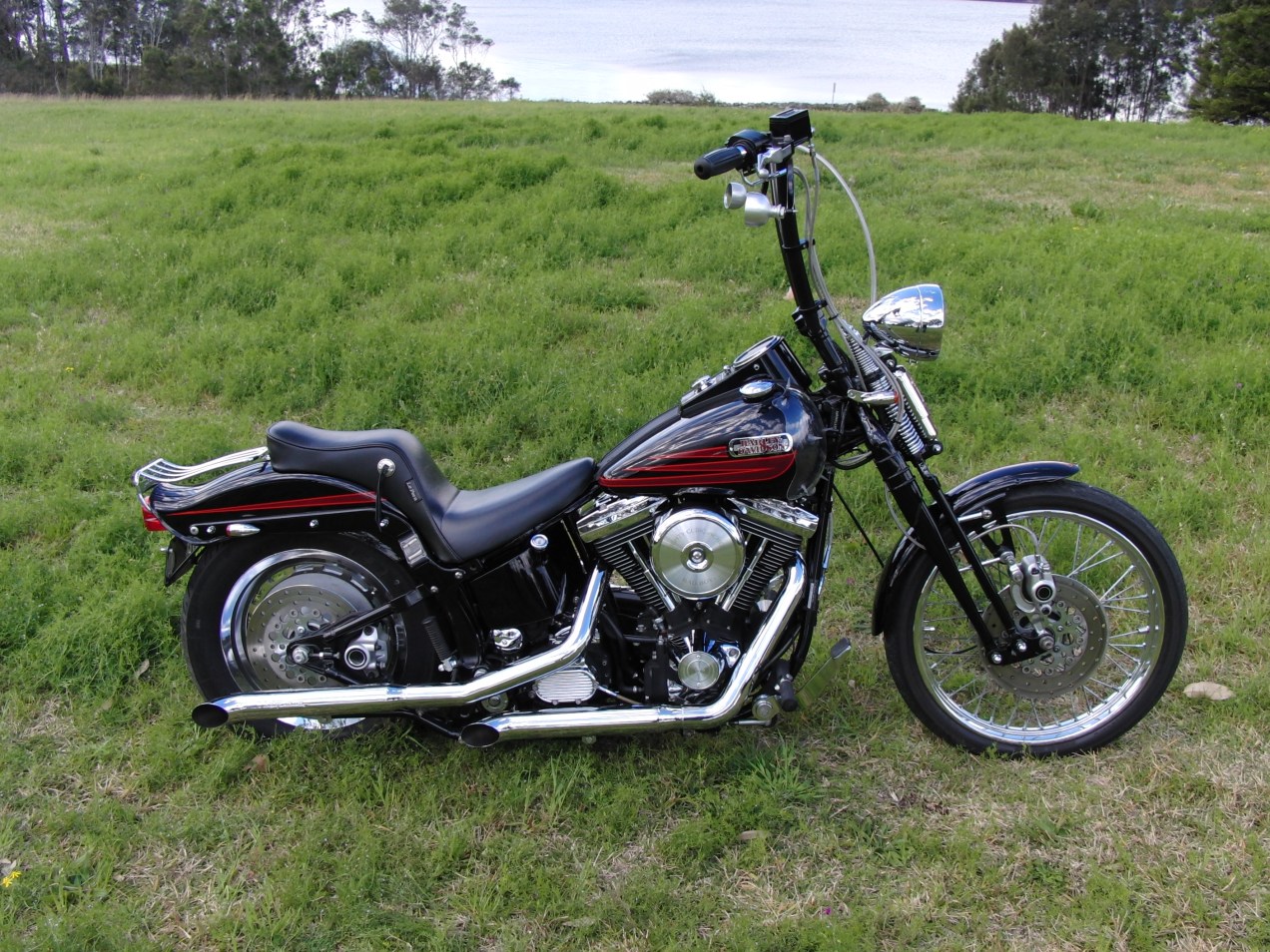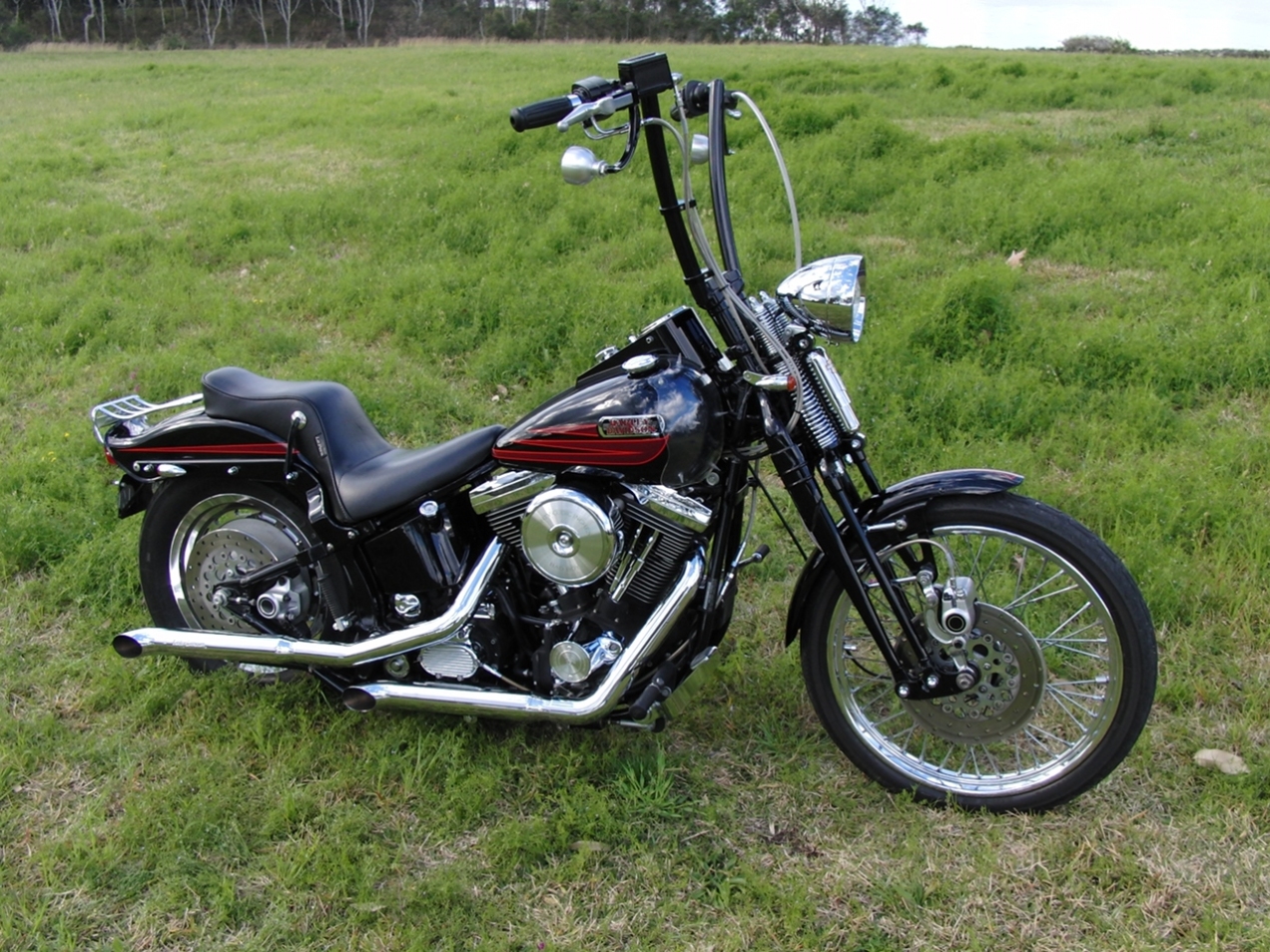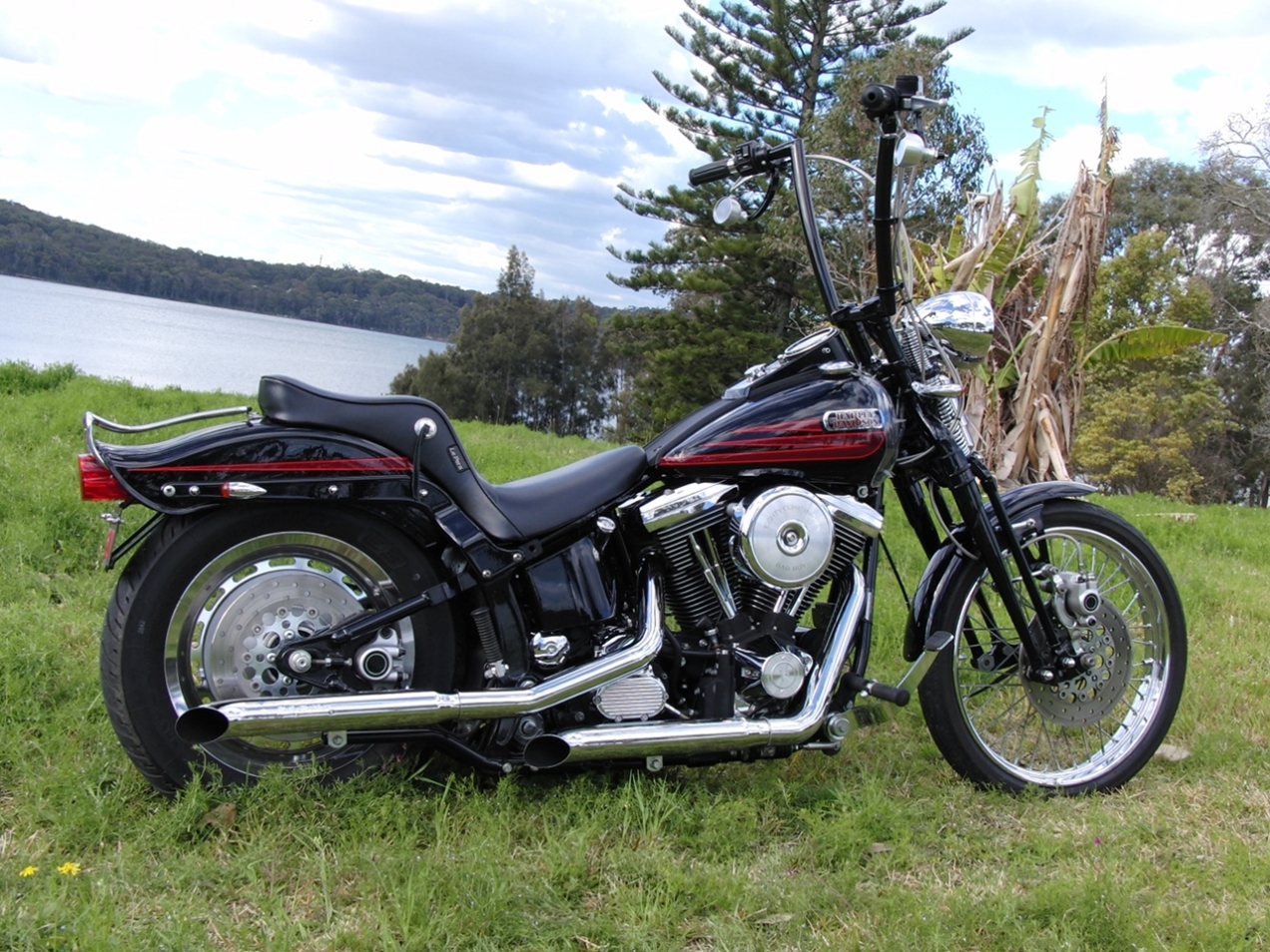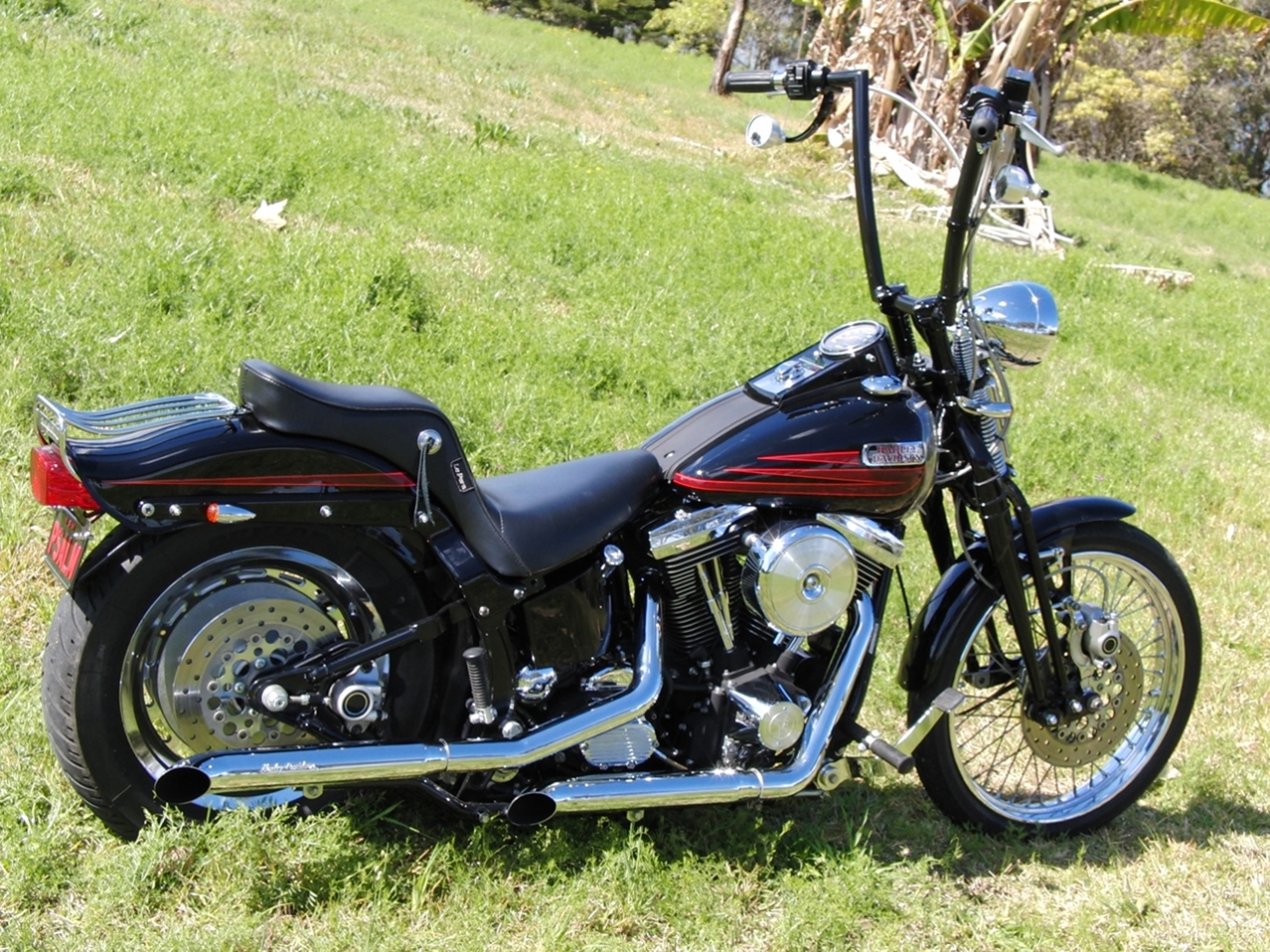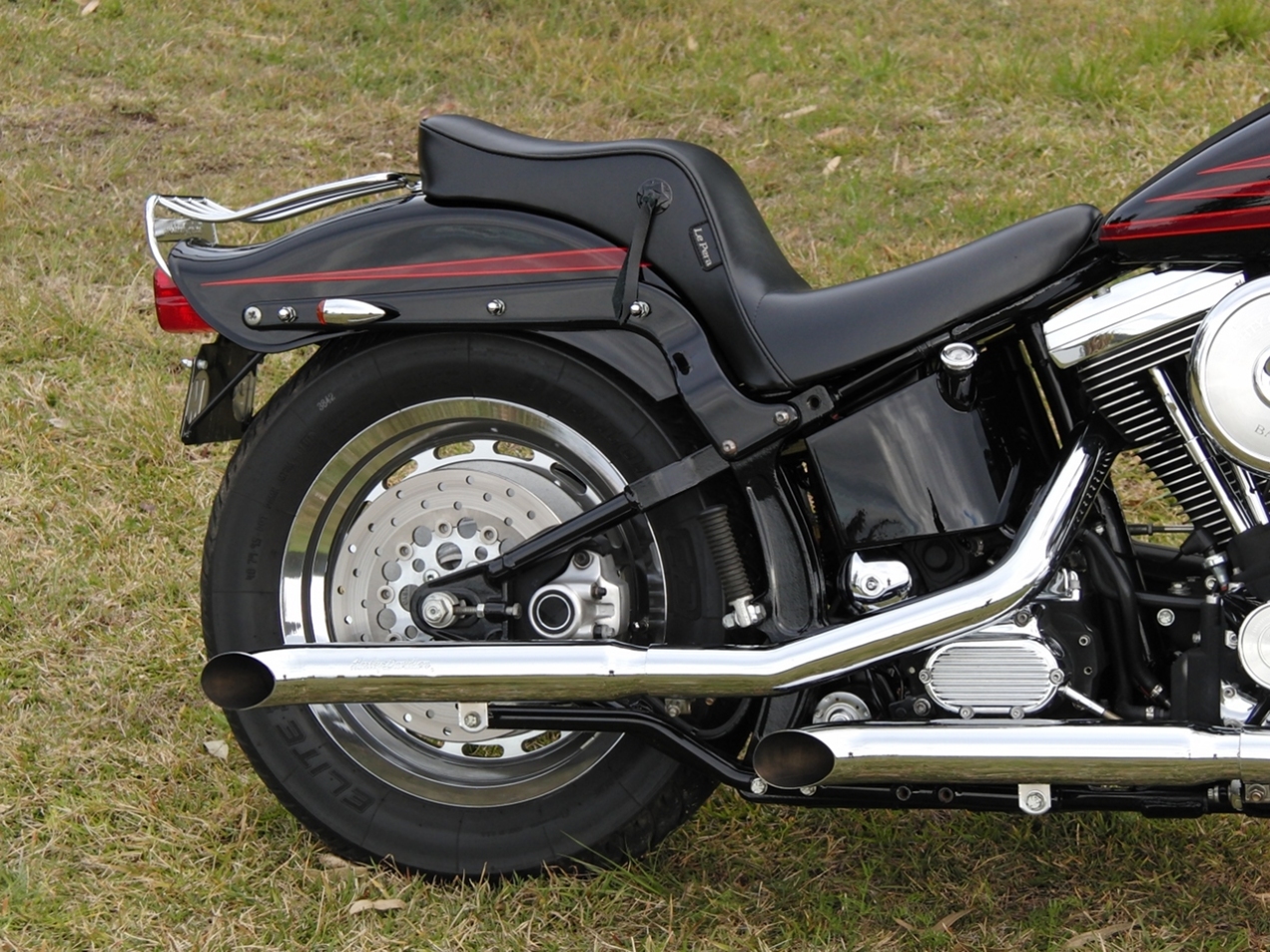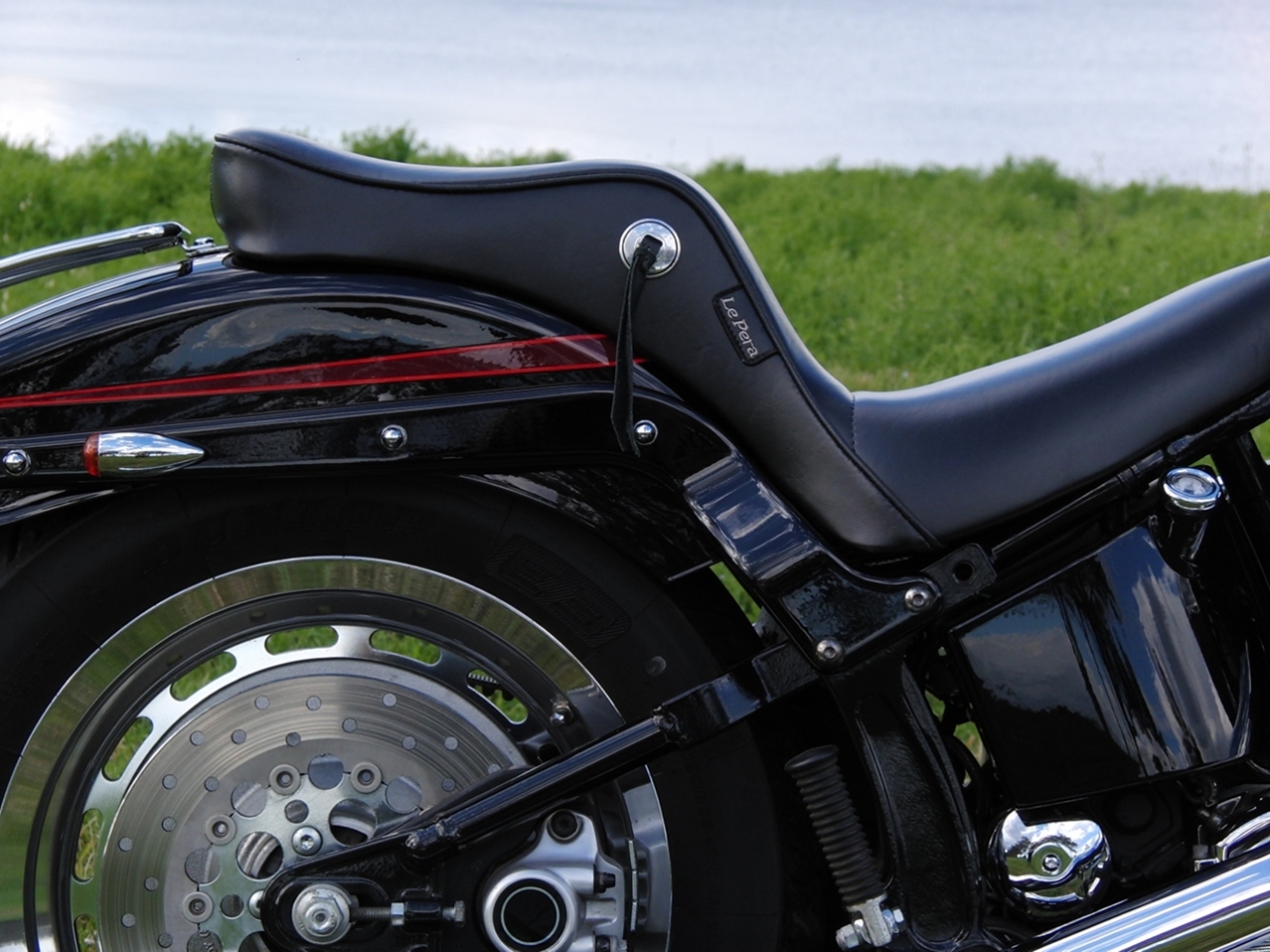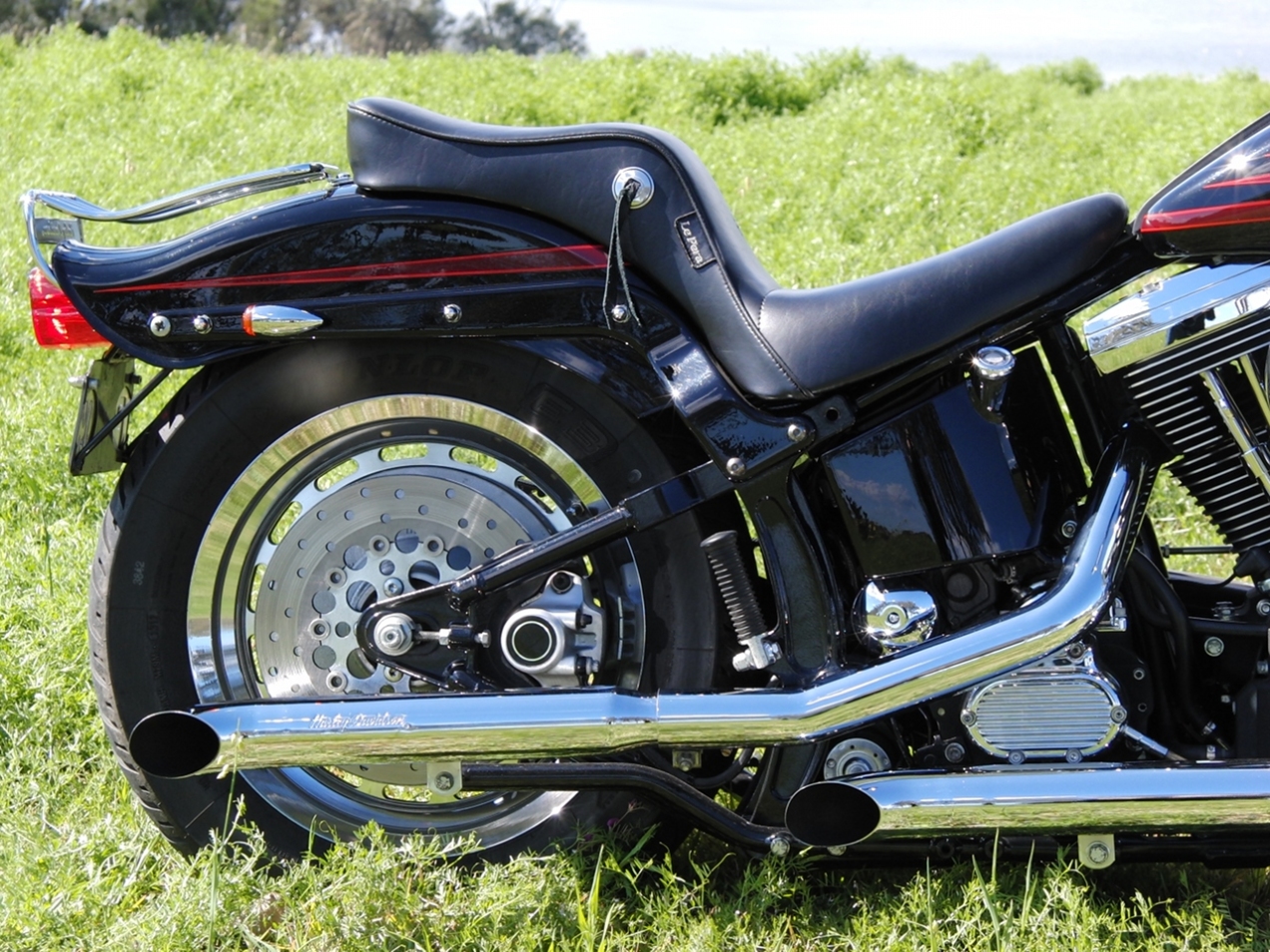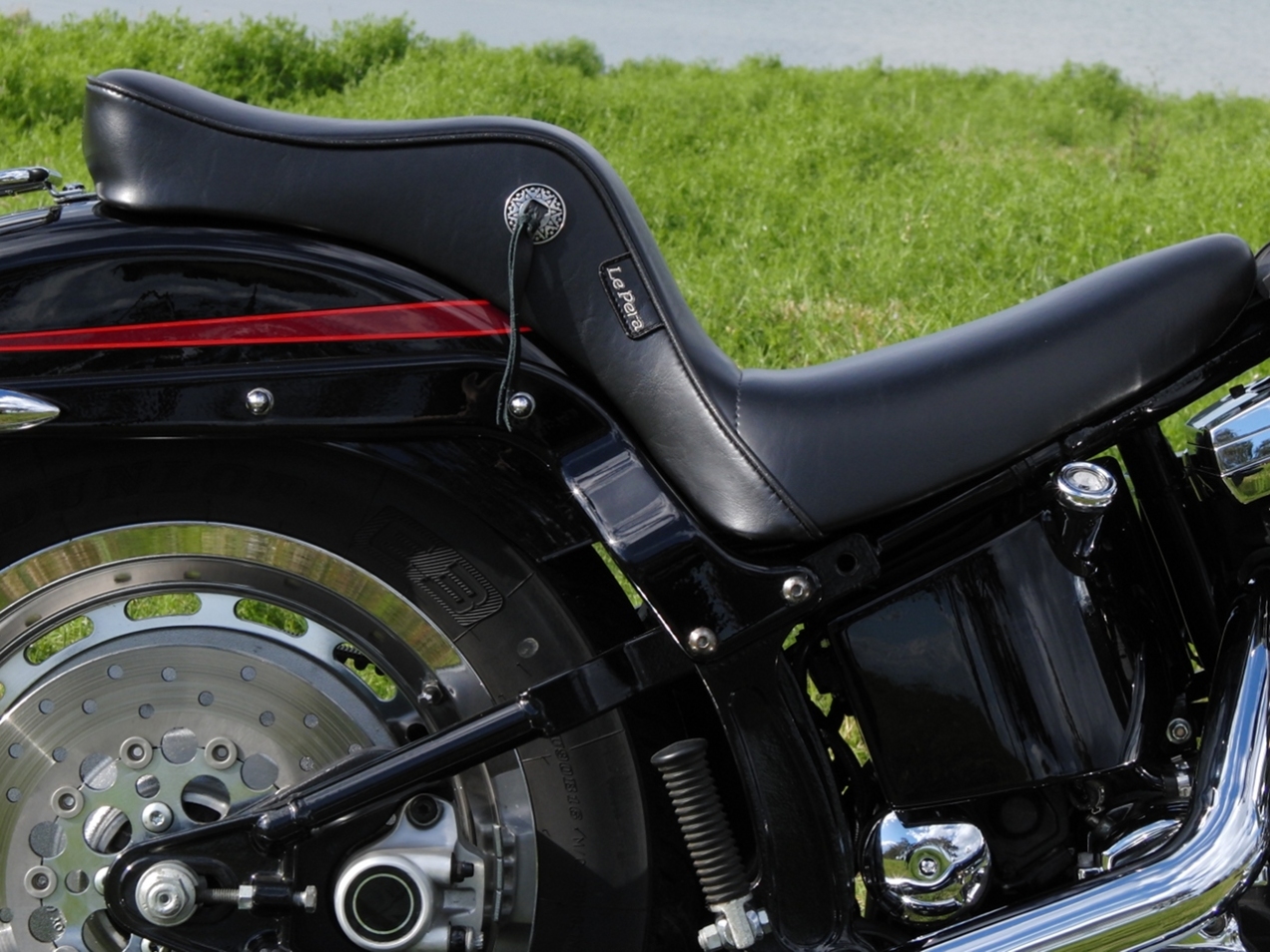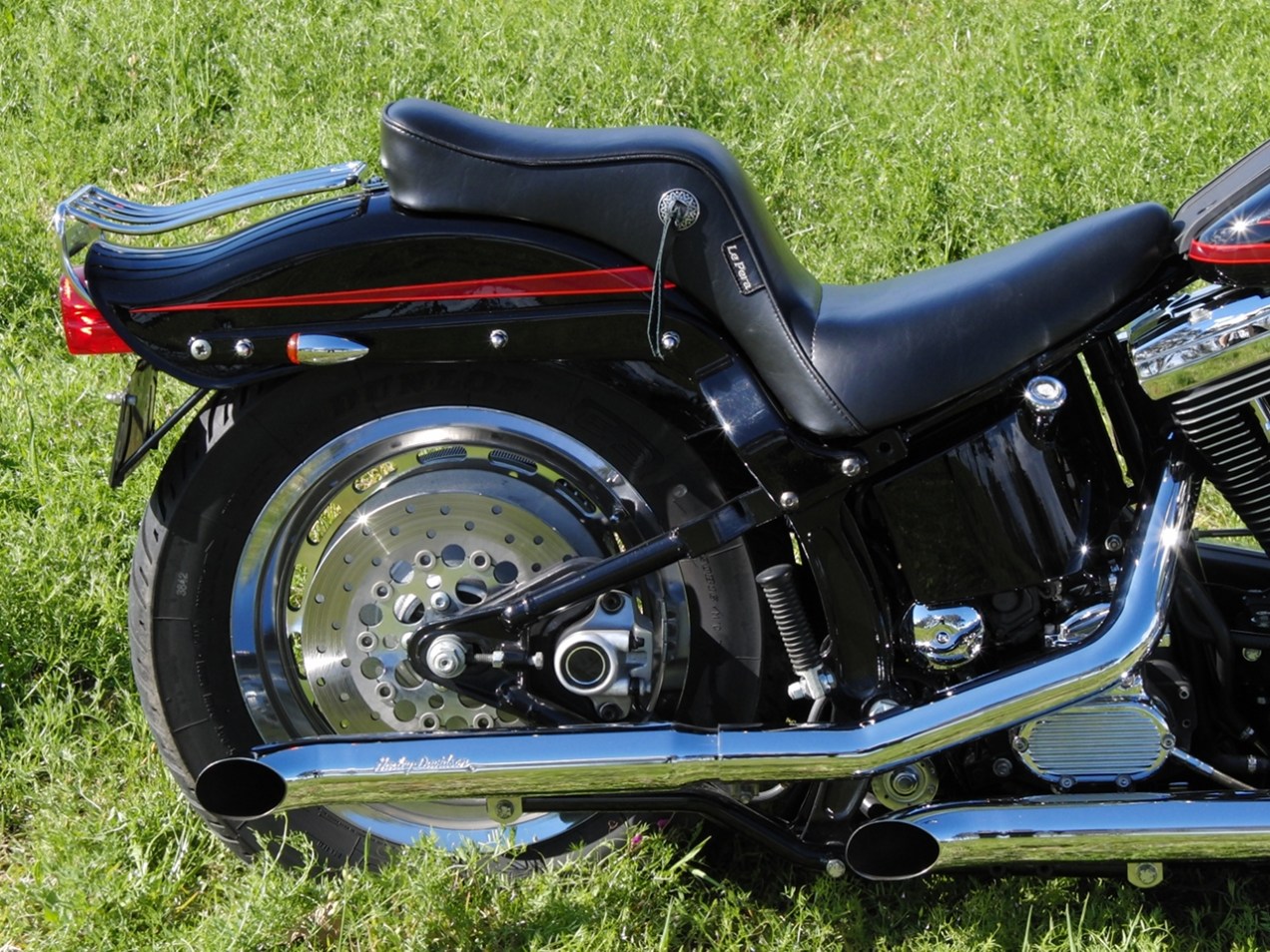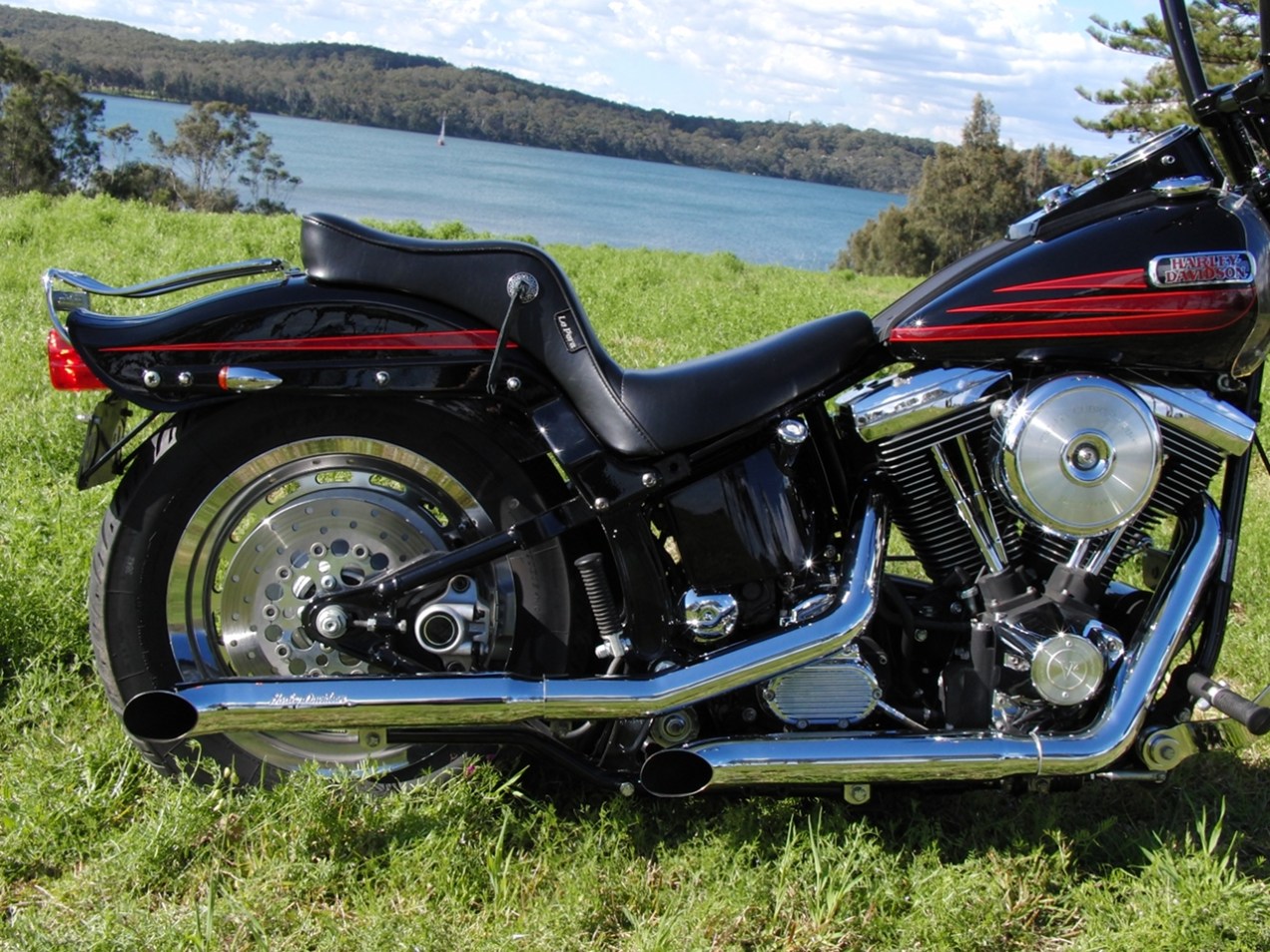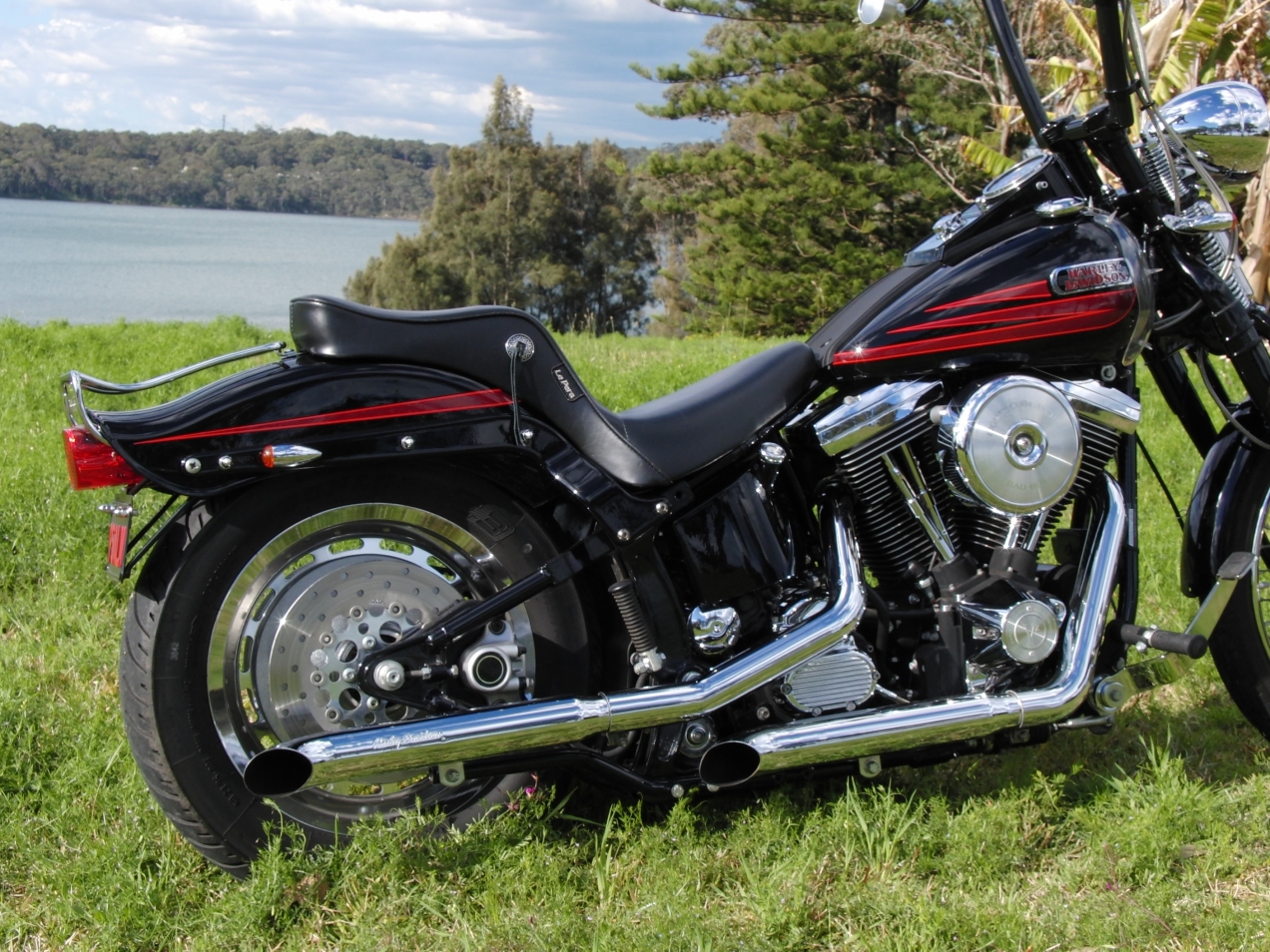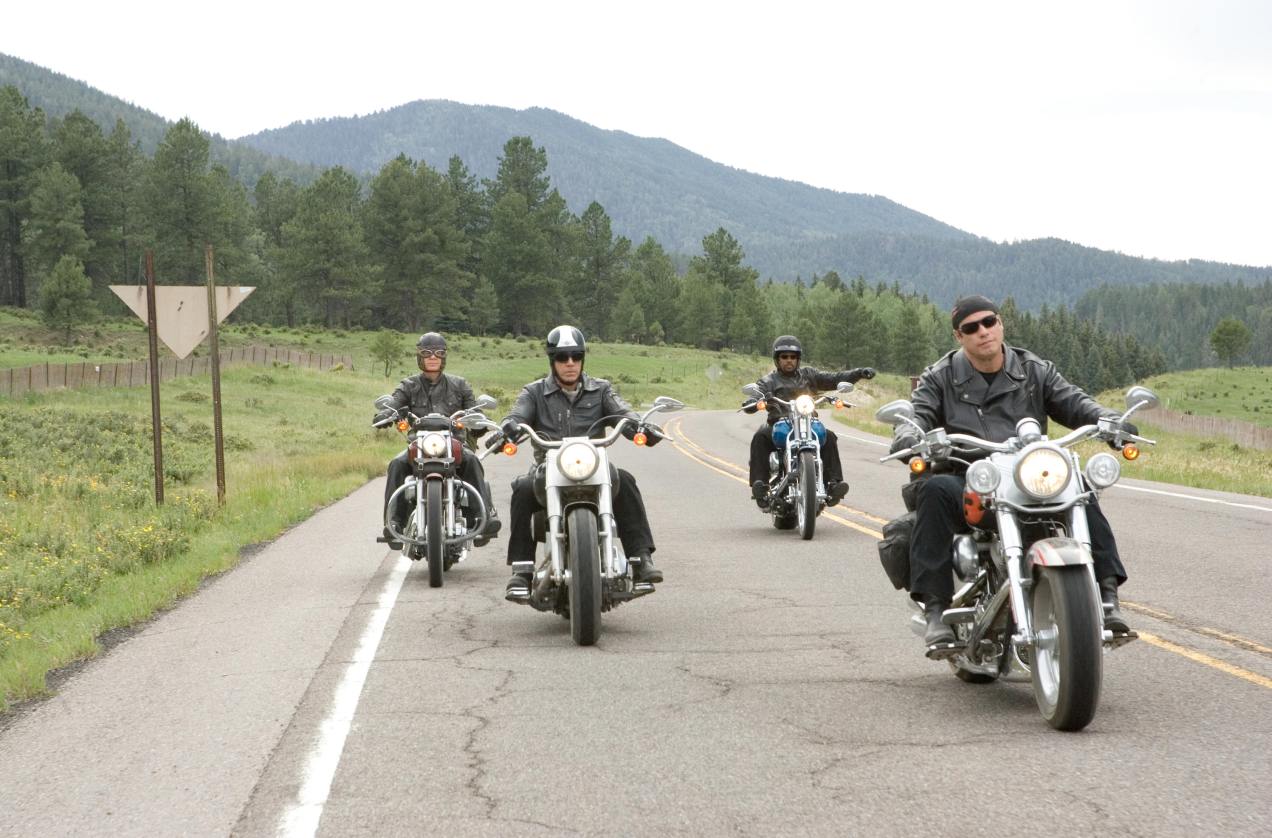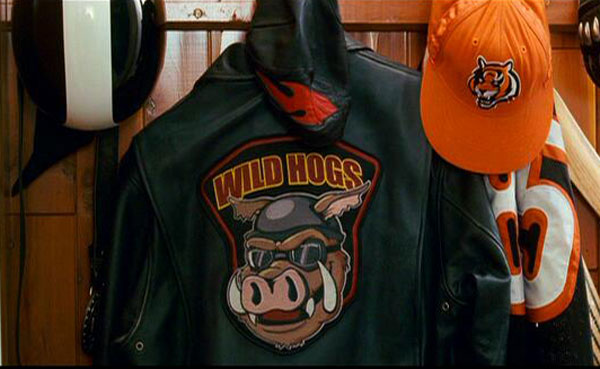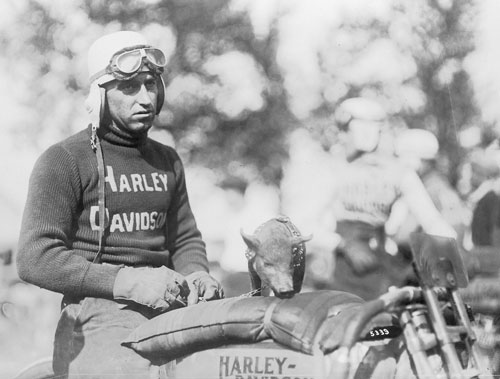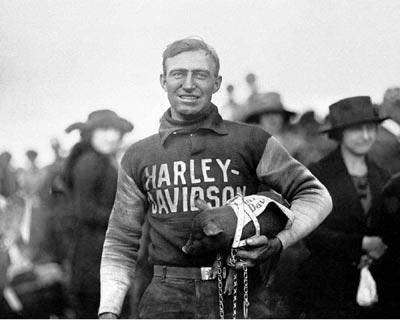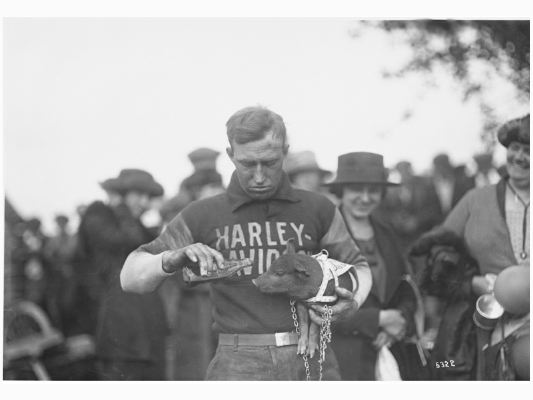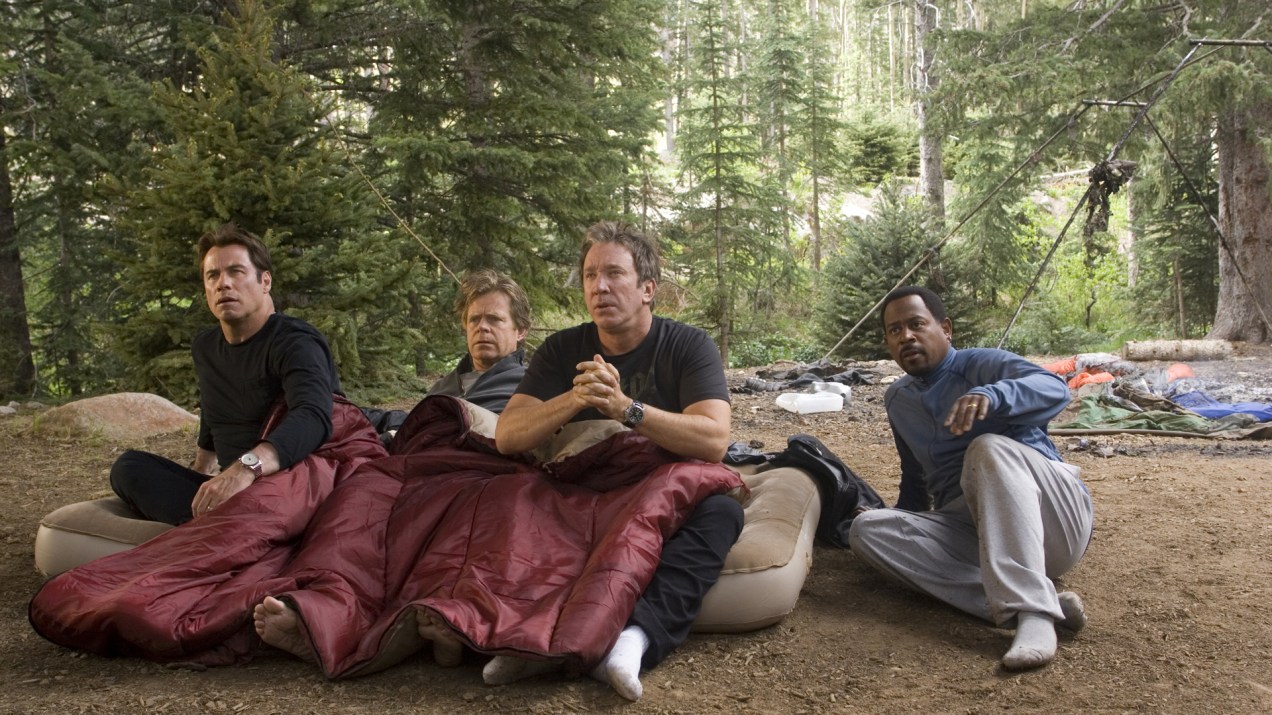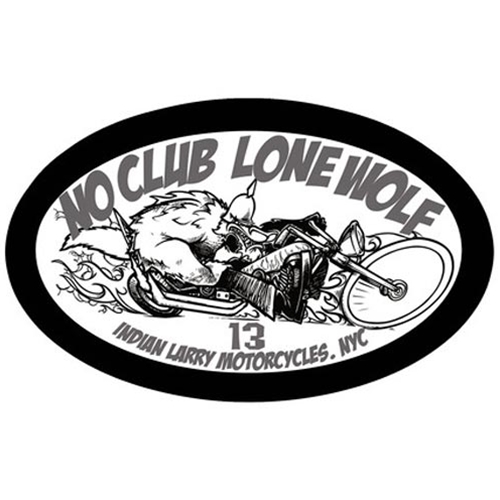Tag Archives: biker
I am a “lone wolf” motorcyclist.
A mystic biker.
It has always been this way.
To ride, is to escape.
To find solace, in solitude.
To be alone, with one’s own.
Solitary soul.
And yet, the times they are a-changin’.
For if ever there was a brotherhood of men.
One whom I would wish to befriend.
It seems to me that this would be them.
Roaring through Moscow after dark with their big bikes, long hair and leather jackets, the Night Wolves could be Russia’s answer to the Hell’s Angels. But these are riders with a cause, and that cause is the motherland.
“Our values are quite simple: love your country, have faith and don’t use or sell drugs” summed up Alexander Benish, second in command of the powerful motorcycle club whose members President Vladimir Putin calls his “brothers”.
They may share a passion for the open road, but the Night Wolves — “Nochnye Volki” in Russian — reject the American biker label altogether.
The Night Wolves say they welcome members from across the former Soviet Union, regardless of their religious beliefs – and count Muslims in their ranks, alongside the Orthodox Christian majority.
Likewise its riders come from varied social backgrounds, from car mechanics, to businessmen — even a few monks.
“Everyone is free to join — except for women. ‘No woman no cry,” joked Benish in a play on the Bob Marley lyric.
“Years ago when it was founded, the club was a kind of symbol of virility, of what it means to be a man.”
Alongside the tough-guy routine, the riders also play what they see as a pastoral role, striving for “the moral and spiritual development of the young generation based on patriotism and traditions.”
“The words of Saint Augustine could sum up the philosophy of the Night Wolves,” said Benish, quoting the words of the medieval theologian: ‘In essentials, unity; in non-essentials, liberty; in all things, charity.'”
Considering a Le Pera “Cherokee” seat for your motorcycle? I recommend it. An excellent balance of form, and function.
I usually run a Le Pera “Silhouette Solo”. It is almost perfect for me: just the right combination of width, and firmness. And it looks great. I have done 600+ km (375 mile) all day rides on the Silhouette … with the help of soft luggage to lean on. For me, the only thing it lacks is the obvious: back support.
That’s where the “Cherokee” comes in. It appears to be about the same width, thickness, and firmness, with the added plus of outstanding lower back support. And all while still looking (I think) really, really good.
Now, tassels and conchos are not really my thing. A little OTT for me. So I would honestly have preferred the plain side, pleated stitch version. It is available as an option but only to suit later model ‘wide tyre’ Softails. Since I picked this one up on eBay for a very low price — brand new, but with a tear in the cover, which I repaired well enough with Loctite Vinyl Fabric & Plastic Flexible Adhesive — I decided to live with it.
But I really couldn’t abide the original (and oh so cliched) Western Star concho. Cheap, flimsy, a bit “wanky”. I first tried painting it black, hoping to disguise it as much as possible.
Dissatisfied with that, I went back to eBay. “Kristi” from West Coast Tack kindly helped out with a couple of attractive, and much higher quality alternatives, produced by Jeremiah Watt. Much better! Now only to settle on which of the two I prefer.
More photographs: Psalmistice on Flickr
Please be seated
Harleys, Druids, and the Atlantean Tradition
Has it ever been your misfortune to see the rather inane 2007 movie “Wild Hogs”?
They say that the origin of the popular nickname “hog” goes all the way back to 1920, when a team of farm boys — who became known as the “hog boys” — consistently won motorcycle races. The team’s mascot was a live hog, which they would take for a victory lap on their Harley-Davidson following a win —
It is said that team member Ray Weishaar was the man most responsible for popularising the little hog. Apparently, he was particularly fond of it —
Some 60 years later, the Harley-Davidson Motor Company came up with a way to cash in on the informal tradition, by creating a factory-sponsored community marketing club and calling it “HOG” — the Harley Owners Group. The company has even tried to trademark the word “hog” — unsuccessfully.
But let us set aside for a moment the cynical, the degenerate, and the inane use of symbolism in pursuit of corporate profit.
Could there be a deeper, ancient, mystical, and sacred significance to the modern association of the word “hog” with a mode of transport, of movement with rest, that so many — myself included — find to be, at least at times, an almost “spiritual” experience?
Here’s René Guénon with The Symbols of Sacred Science, and a brief excerpt from the chapter titled “The Wild Boar and the Bear” (plus, some fascinating facts on the ancestry of the Motor Company’s founders, at the end) —
Among the Celts the wild boar and the bear symbolised, respectively, the representatives of spiritual authority and temporal power, that is, the two castes of Druids and Knights, the equivalents, at least originally and in their essential attributes, of the Brahmins and Kshatriyas in India. As we have indicated elsewhere, this clearly Hyperborean symbolism is one of the marks of the direct connection of the Celtic tradition to the Primordial Tradition of the present Mahā-Yuga, whatever other elements, from earlier but already secondary and derivative traditions, may have come to be added to this main current and to be, as it were, reabsorbed into it. The point to be made here is that the Celtic tradition could probably be regarded as truly constituting one of the ‘links’ between the Atlantean tradition and the Hyperborean tradition, after the end of the secondary period when this Atlantean tradition represented the predominant form and, as it were, the ‘substitute’ for the original centre which was already inaccessible to the bulk of humanity. On this point also, the symbolism just mentioned can provide some information that is not without interest.
Let us note first the equal importance given the wild boar by the Hindu tradition, which is itself the direct issue of the Primordial Tradition and which expressly affirms its own Hyperborean origin in the Veda. The wild boar (varāha) not only figures as the third of the ten avataras of Vishnu in the present Mahā-Yuga, but our entire Kalpa, that is to say, the entire cycle of manifestation of our world is designated in the tradition as the Shwetavarāha Kalpa, the ‘cycle of the white wild boar’. This being so, and considering the analogy which necessarily exists between the great cycle and subordinate cycles, it is natural that the mark of the Kalpa, so to speak, should be found once more at the outset of the Mahā-Yuga; and this is why the polar ‘sacred land’, seat of the primordial spiritual centre of this Mahā-Yuga, is also called Vārāhi or the ‘land of the wild boar’. Moreover, since it is there that the first spiritual authority resided, from which all other authority of the same order is only an emanation, it is no less natural that the representatives of such an authority should also have received the symbol of the wild boar as their distinctive mark and that they should have retained it during the times that followed. This is why the Druids designated themselves as ‘wild boars’ even though, since symbolism always has multiple aspects, we may well have here at the same time an allusion to the isolation in which they kept themselves with respect to the outside world, the wild boar having always been thought of as ‘solitary’. It must be added, furthermore, that this very isolation, which took the form, with the Celts as with the Hindus, of a forest retreat, is not unrelated to the characteristics of ‘primordiality’, of which some reflection at least has always had to be maintained in all spiritual authority worthy of the function it fulfills.
As one who has Celtic ancestry, and who has taken to a solitary life, finding this preferred isolation most often by riding “at one” with a “wild hog”, or travelling by motorcycle to a favourite forest retreat, naturally, I find Guénon’s research to be not without great personal significance.
I do wonder at the degenerate state of spirituality in our world today, when considering the many who prefer to ride in packs, rather than alone.
It is interesting to note the ancestral origin of the founders of the Harley-Davidson Motor Company — William S. Harley, and the Davidson brothers.
The ancestors of the name Harley date back to the Anglo-Saxon tribes of Britain. The name is derived from their residence in Harley, a place-name found in Shropshire and in the West Riding of Yorkshire. The place-name is derived from the old english words hare, which meant hare or rabbit, and leah, which meant forest clearing. The name as a whole meant “clearing with lots of rabbits”. The original bearers of the name lived in or near such a clearing.
Shropshire. Celtic and Druid central, in the Iron Age.
Think blacksmiths.
Think too, of another popular nickname for Harley’s — “iron horse”.
And the name Davidson (“David’s son”)?
Arthur Davidson, Sr. (c. 1881–1950, Milwaukee, Wisconsin) was one of the four original founders of Harley-Davidson. His father William C Davidson, son of a blacksmith who owned a smithy in Netherton, Scotland, had emigrated to the United States around the year 1857…
— Wikipedia
First found in Perth, Scotland, where, in 1219, Johannus filius Davidis, a merchant in Perth, is mentioned. Some accounts suggest that around 1000 AD the Catti (Chattan) Clan, from whom the Davidson Clan descends, broke into two distinct factions, the MacKintosh and the MacPherson Clans. The Davidson Clan was part of the MacPherson element, but always considered itself to be the senior clan of the Chattan group… Bearers of Davidson were found on both sides of the Scottish-English border.
Again, Celtic central in the Iron Age.
All this a series of mere “coincidences”, of course.


